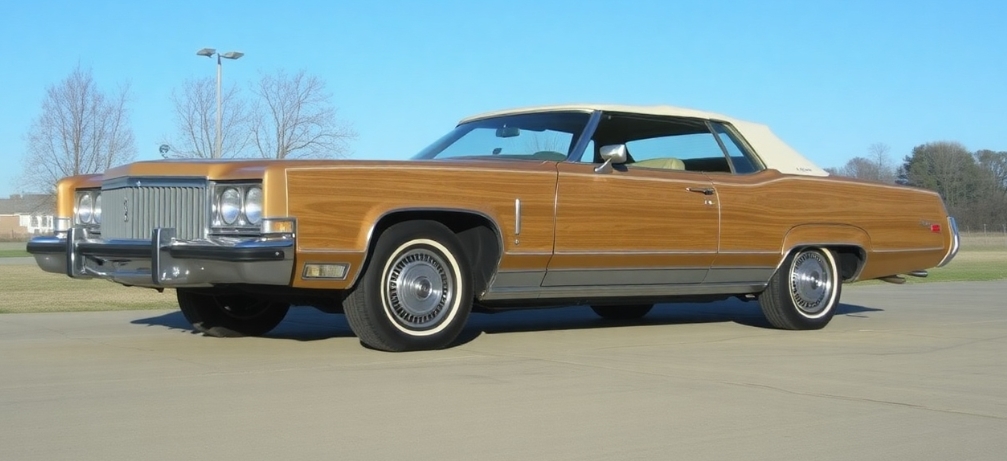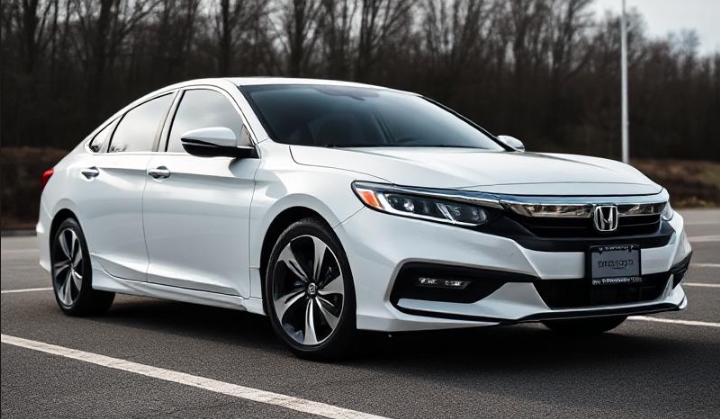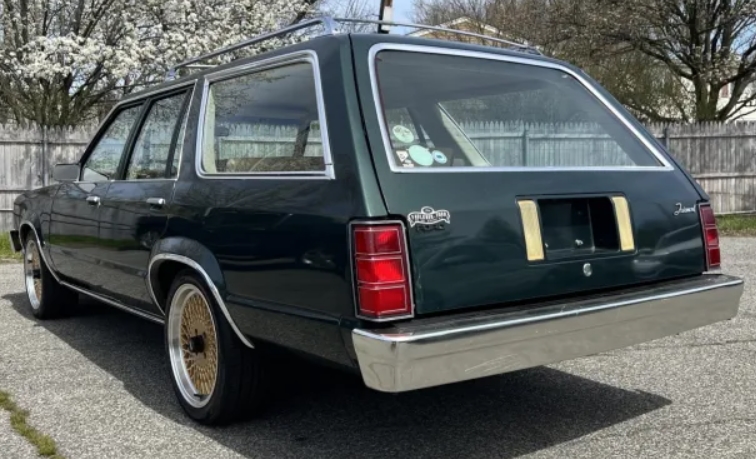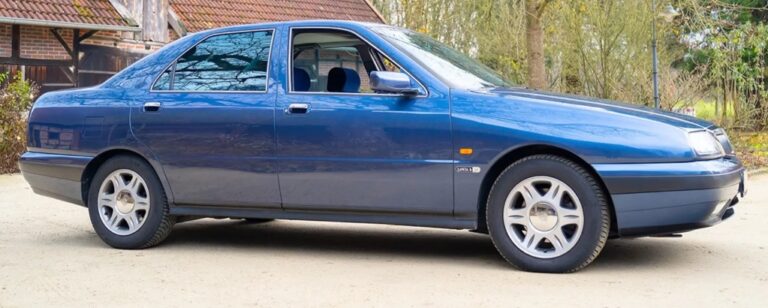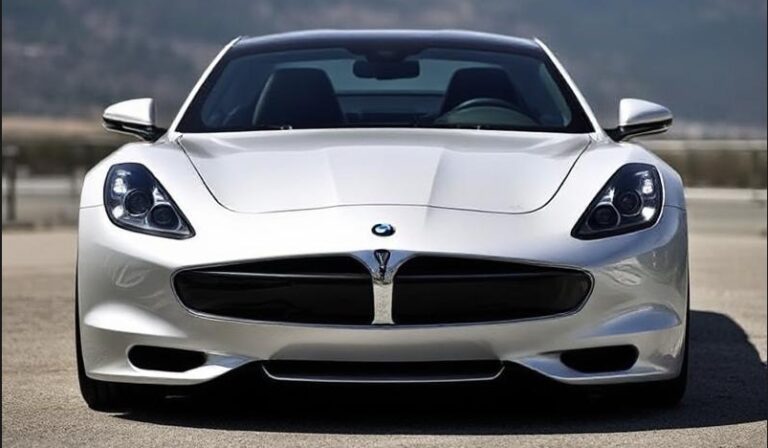The Royal Ascent: Evolution of the Oldsmobile Ninety-Eight Regency
The Oldsmobile Ninety-Eight Regency, a name that evoked luxury and prestige, represents a significant chapter in American automotive history. For decades, it served as Oldsmobile’s flagship, a showcase of engineering, design innovation, and a commitment to providing a refined driving experience. The Ninety-Eight Regency’s journey mirrored the evolution of the American automobile industry, adapting to changing consumer preferences, economic climates, and technological advancements. From its humble beginnings to its final iteration, the Ninety-Eight Regency consistently aimed to deliver a premium experience, solidifying its place as an icon of automotive luxury.
The Formative Years: 1941-1956
The origins of the Ninety-Eight line can be traced back to 1941, when Oldsmobile introduced its top-of-the-line series. Though not yet bearing the “Regency” name, these early Ninety-Eights established the foundations of the model’s future reputation. The pre-war Ninety-Eights were offered in various body styles, including sedans, coupes, and convertibles, emphasizing spaciousness and a high level of appointment. These models were powered by Oldsmobile’s inline-eight engines, providing smooth and refined performance. Production was short-lived due to the onset of World War II.
After the war, Oldsmobile revived the Ninety-Eight in 1946. Styling evolved, incorporating the more streamlined aesthetics that defined the late 1940s. The Ninety-Eight continued to sit atop Oldsmobile’s lineup, benefiting from advancements in engine technology, including the introduction of the “Rocket” V8 in 1949. This engine significantly boosted performance and became a defining feature of the era. The Ninety-Eight was offered in multiple trims, including base models and more luxurious versions, with increasingly elaborate interiors and exterior detailing.
The early to mid-1950s brought significant styling changes and refinements. In 1954, Oldsmobile introduced its “Panoramic Windshield,” a curved one-piece design which wrapped around the front of the car. While the car was generally well-received, 1956 marked the final year before a major shift in the Ninety-Eight’s identity.
The Rise of the Regency: 1957-1960
The 1957 model year marked the formal introduction of the “Regency” designation as a trim level. These models were characterized by luxurious appointments, including premium upholstery, upgraded interiors, and exclusive exterior trim. The styling for the 1957-1958 models featured a dramatic look with a flat roofline.
- 1957: The Ninety-Eight Regency arrived with a distinctive design. The interior was adorned with high-quality materials, offering a sense of opulence. Engines were V8s, reflecting the era’s emphasis on power.
- 1958: The styling of the car continued with a new design, which emphasized a more angular design, and chrome detailing. The Regency trim was expanded upon.
- 1959: The Ninety-Eight received another significant redesign, sporting a more pronounced tailfin design. Regency models offered plush interiors and a range of features aimed at enhancing passenger comfort.
- 1960: The Ninety-Eight experienced only minor styling refinements, but the Regency trim remained a key element of its appeal. The engine options were generally similar to the previous year, focusing on performance and smooth operation.
The Era of Elegance: 1961-1964
The early 1960s saw the Ninety-Eight embrace a more elegant and refined design language. Body styles included four-door sedans, hardtops, and convertibles.
- 1961: The Ninety-Eight received a complete styling overhaul, with cleaner lines and a more restrained appearance than its predecessors. The Regency trim continued to represent the pinnacle of luxury.
- 1962: Minor styling refinements enhanced the Ninety-Eight’s sophisticated appearance. Regency models maintained their focus on luxurious appointments and comfortable interiors.
- 1963: The Ninety-Eight received a restyled front end and a refreshed interior. The Regency trim level continued to offer a high level of comfort and features.
- 1964: The Ninety-Eight was further refined, with subtle changes to the grille, trim, and interior. The Regency models provided a premium driving experience, solidifying their place in the market.
The Brougham Era: 1965-1970
The mid-to-late 1960s marked a period of growth and refinement for the Ninety-Eight. The cars became larger and more luxurious, reflecting the rising affluence of the American consumer. The “Brougham” name was now included in the trim options, further enhancing the upscale image of the Ninety-Eight.
- 1965: The Ninety-Eight underwent a major redesign, growing larger and more imposing. Regency models offered a luxurious interior and a range of comfort and convenience features. The Brougham trim level was added, offering even more upscale features.
- 1966: The Ninety-Eight saw refinements in its styling, maintaining its focus on elegance and comfort. The Regency and Brougham trims remained the most luxurious options.
- 1967: The Ninety-Eight received subtle styling updates, including a revised grille and trim. The Regency Brougham models continued to showcase Oldsmobile’s commitment to luxury.
- 1968: The Ninety-Eight saw a new front-end design with concealed headlights. The Regency Brougham continued to offer a top-of-the-line experience.
- 1969: The Ninety-Eight experienced a complete restyle, adopting more modern lines and a larger interior. The Regency Brougham represented the pinnacle of luxury and refinement.
- 1970: The Ninety-Eight featured another round of styling updates, maintaining its luxurious image. The Regency Brougham remained a popular choice for buyers seeking a premium experience.
The “Big Body” Years: 1971-1976
The 1970s saw the Ninety-Eight grow even larger, reflecting the trend toward larger, more comfortable automobiles. The “Regency” name remained a key element of the model’s appeal, often emphasizing plush interiors and a long list of standard features.
- 1971: The Ninety-Eight was completely redesigned. The new models were significantly larger and more luxurious than their predecessors. The Regency trim was offered, focusing on opulent interiors and premium features. The new chassis also provided a smoother ride.
- 1972: The Ninety-Eight featured minor styling updates, focusing on refinements to the grille and trim. The Regency trim level continued to define the top of the range.
- 1973: The Ninety-Eight saw a new front-end design. The Regency models retained their luxurious interiors and long list of features.
- 1974: The Ninety-Eight received significant styling updates, including a new front fascia and rear bumper design to comply with the new federal bumper standards. The Regency trim remained the focus for luxury.
- 1975: The Ninety-Eight incorporated some improvements, including styling refinements and improvements to the engine. The Regency models remained at the top of the range.
- 1976: The Ninety-Eight was offered with minor changes, and offered a more luxurious Regency model.
The Downsizing and the Diesel: 1977-1984
The late 1970s and early 1980s were a period of significant change for the American automotive industry. The oil crises and shifting consumer preferences prompted manufacturers to downsize their vehicles and focus on fuel efficiency. The Ninety-Eight followed suit, undergoing a major downsizing in 1977.
- 1977: The Ninety-Eight was downsized, becoming smaller and lighter. The Regency trim continued to offer a luxurious interior and a range of features, even in the more compact package.
- 1978: The Ninety-Eight received minor styling updates. The Regency model was well-received.
- 1979: The Ninety-Eight was offered with a new front end and a redesigned dashboard. The Regency retained its luxury focus.
- 1980: The Ninety-Eight offered a more refined, luxurious interior. The Regency remained a focus.
- 1981: The Ninety-Eight received a new front-end design and a number of improvements. The Regency continued to represent the pinnacle of the lineup.
- 1982: The Ninety-Eight saw only minor changes, with the Regency trim level continuing its focus on luxury. The diesel engine was an option during this time.
- 1983: The Ninety-Eight’s styling was modified to accommodate a revised grille and other refinements. The Regency models continued to offer a luxurious driving experience.
- 1984: This was the final year of the rear-wheel-drive Ninety-Eight. The Regency trim level remained a key element of the model’s appeal.
.
NO MORE dead batteries with this:

.
The Front-Wheel-Drive Era: 1985-1990
In 1985, the Oldsmobile Ninety-Eight was redesigned and switched to a front-wheel-drive platform, reflecting the industry trend toward this configuration. The new design was more aerodynamic and efficient. The Regency model was still offered, continuing its emphasis on luxury.
- 1985: The Ninety-Eight was completely redesigned, switching to a front-wheel-drive layout. The Regency trim level was offered, showcasing a luxurious interior and a focus on comfort and convenience.
- 1986: The Ninety-Eight received some minor styling updates, including a revised grille and new taillights. The Regency continued to be the flagship trim.
- 1987: The Ninety-Eight saw only minor changes. The Regency continued its focus on luxury.
- 1988: The Ninety-Eight underwent some styling and engineering changes, with the Regency trim maintaining its luxury focus.
- 1989: The Ninety-Eight had some minor updates. The Regency continued to offer a luxurious driving experience.
- 1990: The Ninety-Eight’s production ended this year.
Legacy
The Oldsmobile Ninety-Eight Regency left a lasting legacy in the automotive industry. It represented a commitment to luxury, refinement, and performance that resonated with American consumers for decades. The Ninety-Eight Regency’s evolution reflects the broader changes that shaped the American automotive landscape, from the rise of the V8 engine to the shift toward fuel efficiency and front-wheel drive. Though production ceased in 1990, the Ninety-Eight Regency remains a symbol of a bygone era, representing the pinnacle of Oldsmobile’s engineering and design excellence.
